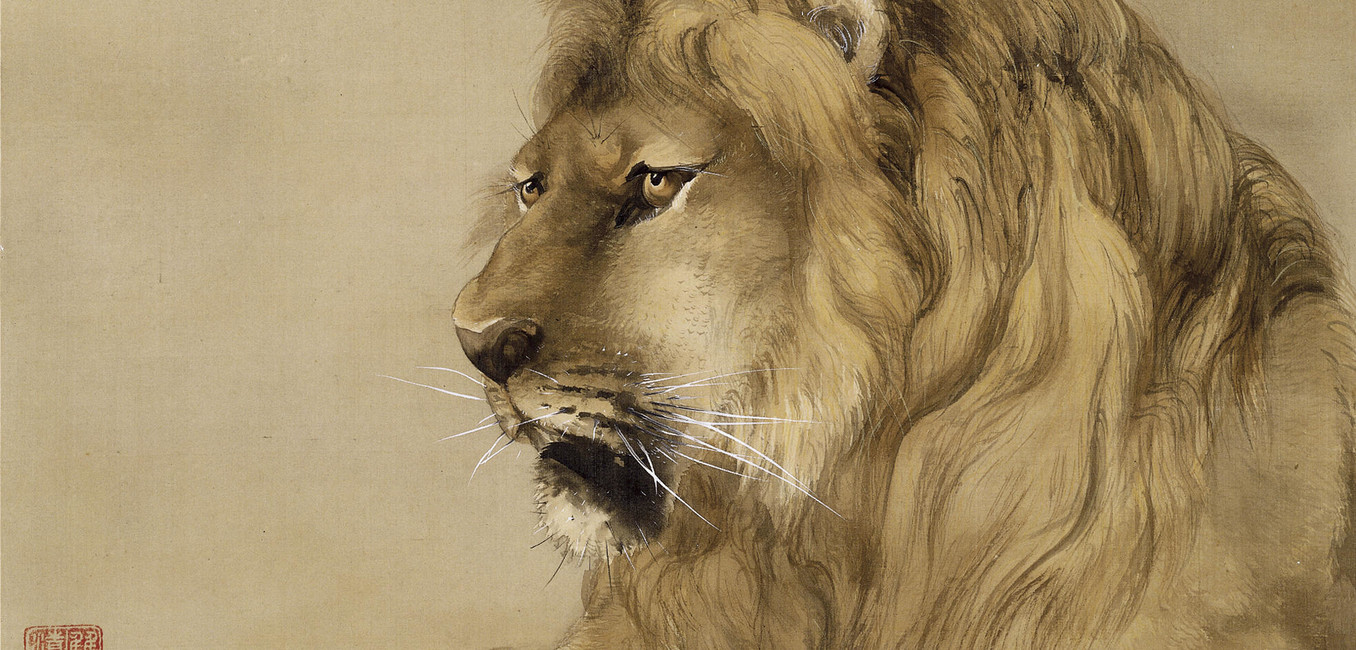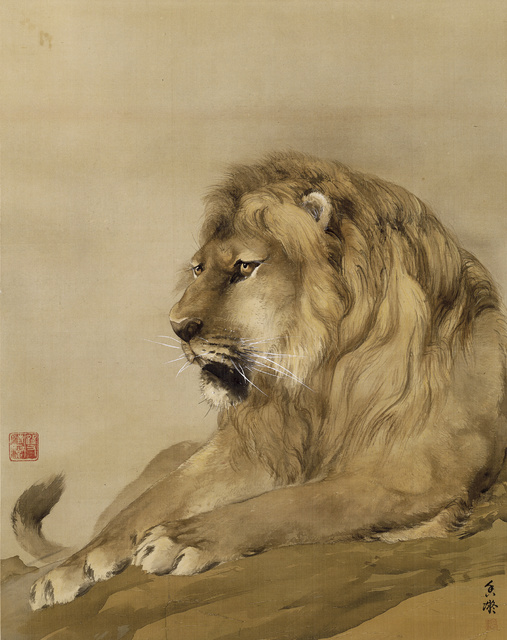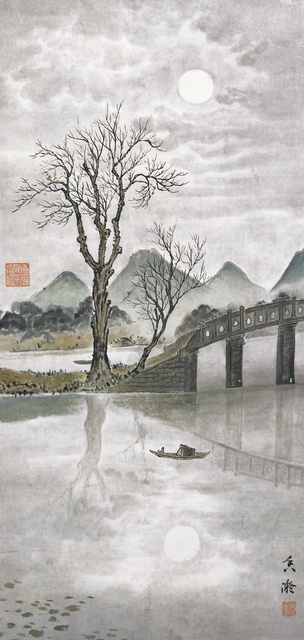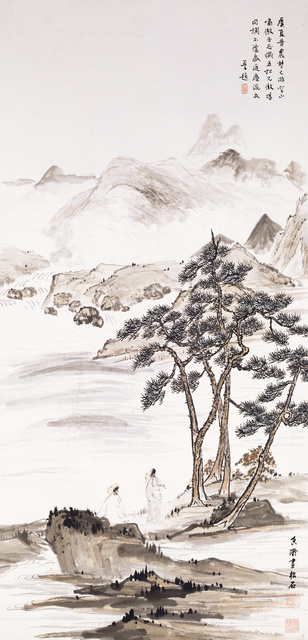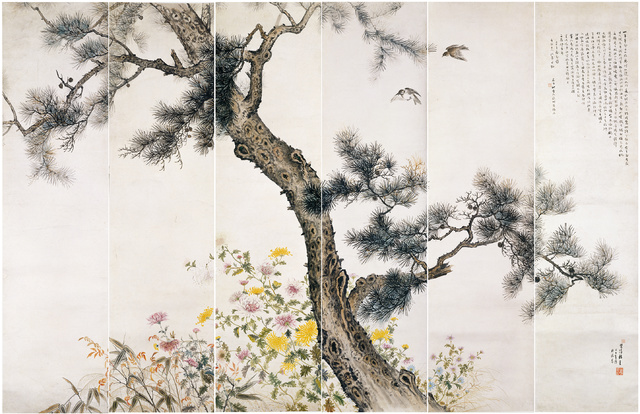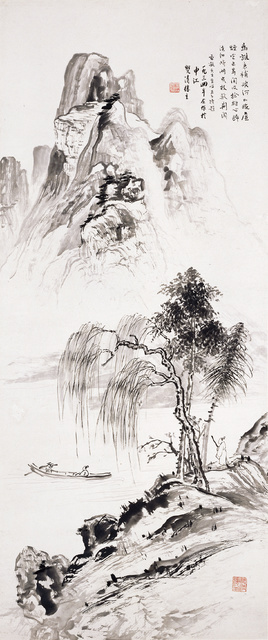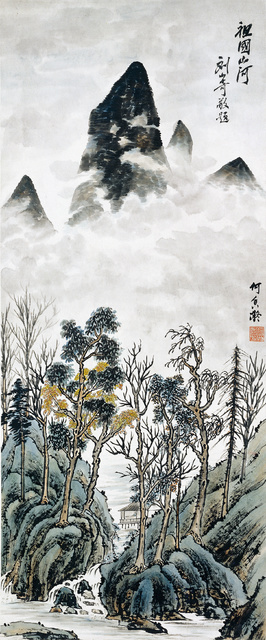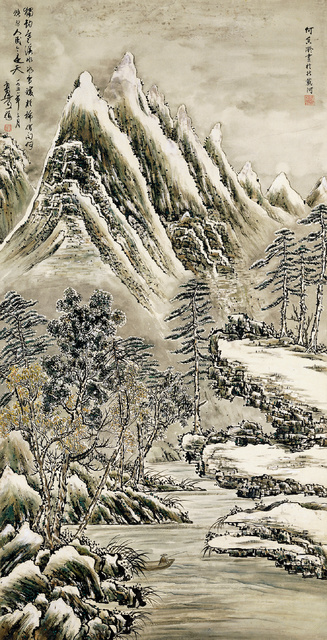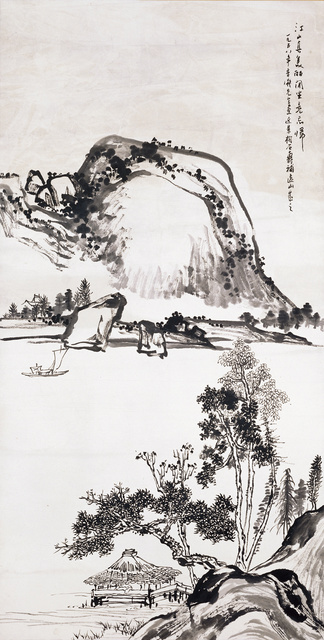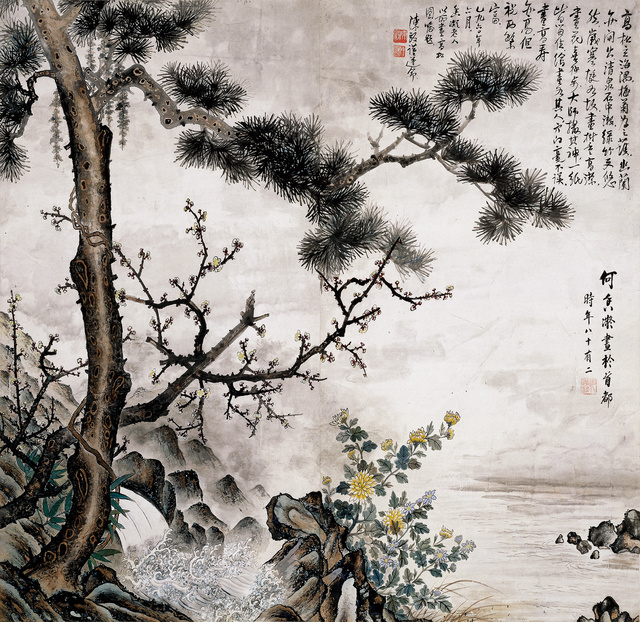Foreword
He Xiangning(1878-1972), born in Hong Kong, was one of the great female activists and artists in modern Chinese history. She often called herself the “Cotton Villager” after her family’s ancestral village in Guangdong Province.
In 1903, she traveled with her husband Liao Zhongkai to study in Japan. She joined the Tongmenghui(Chinese United League) in 1905, and followed Sun Yat-sen into the efforts for the Xinhai Revolution and the fight against warlords. She then dedicated herself to the Chinese democratic revolution. After the establishment of the People’s Republic of China, she held a variety of official posts, including Member of the Central People’s Government Committee, Chair of the Overseas Chinese Affairs Committee, Chair of the Nationalist Party Revolution Committee, Honorary Chair of the All-China Women’s Federation, Vice Chairperson of the Chinese People’s Political Consultative Conference, Vice Chairperson of the Standing Committee of the National People’s Congress, and Chair of the China Artists Association.
Like her political career, He Xiangning’s artistic career also began in Japan. In 1909, she entered the Private Women's School of Fine Arts in Japan, where she studied painting. She learned Shanshui landscape and bird-and-flower painting under Hashidate Shisen, and the painting of animals such as lions and tigers under palace painter Tanaka Raisho.
He Xiangning’s artistic creations were inextricably linked to her highly eventful life. Through her many artistic activities and creative practices over the years, she formed her own unique style. She developed a magnificent painting style with profound ideas, often expressing her emotions and aspirations in depictions of pines, plum blossoms, lions, tigers and mountains, forming a striking portrait of her seventy-year revolutionary career. Mao Zedong’s words of praise for her are quite fitting: “The works of this distinguished painter are full of the will to struggle.” Inscriptions by many Chinese artists and national leaders add weight and significance to many of her works. Her paintings are a treasure of the Chinese people.
Not only being the national treasure, He Xiangning’s works can also be regarded as the recordation of Chinese Modern History. In the end of 19C and early 20C, Chinese nation was suffering the oppression from feudalism, Imperialism and warlords. In this great era of change, the sense of historical and national responsibility stimulated group after group of revolutionary, including Sun Yat-sen, Liao Zhongkai and He Xiangning, to devote themselves to the career of nation-state revival. Since the Revolution of 1911 , while facing different kinds of ideological trends at that times, He Xiangning and her comrades have always held the belief of revitalizing our country, followed the trend of the times and fought for the national ideals in their hearts. Today, in the era of peace, we can directly understand the arduous efforts made by He Xiangning and many pioneers by appreciating the works and reading historical documents left by He Xiangning and her friends. On the occasion of The 70th Anniversary of the Founding of The People's Republic of China(PRC), besides reminiscing the history, we should also strive to make achievements worthy of our times, our history and our people.

